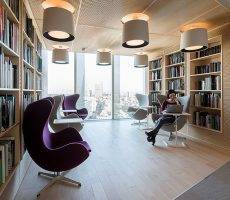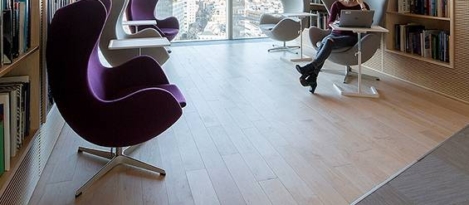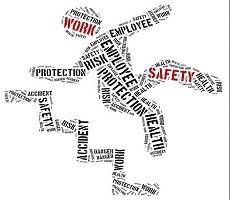September 13, 2016
The future of London depends on cohesion, flexible working and infrastructure 0
 The future of London is the subject of a new and wide ranging collection of essays from Think Tank Localis. It includes contributions from the likes of Boris Johnson, Terry Farrell, Peter Bazalgette and Justine Roberts. Its core theme is that while London has established itself as one of the world’s great financial and cultural powerhouses over the last thirty years, it now faces a number of new challenges and intransigent problems that it must address in a new globalised era. These have taken on a new perspective as the UK prepares to negotiate a new relationship with the EU, something which the report repeats was not the choice of Londoners, but which did perhaps reveal a neglect of the rest of the UK as the Government focused too much attention and investment on the capital. So, while the report focuses on London it also tries to create a vision of a London better integrated with the needs of the rest of the UK and based on a new partnership with the EU.
The future of London is the subject of a new and wide ranging collection of essays from Think Tank Localis. It includes contributions from the likes of Boris Johnson, Terry Farrell, Peter Bazalgette and Justine Roberts. Its core theme is that while London has established itself as one of the world’s great financial and cultural powerhouses over the last thirty years, it now faces a number of new challenges and intransigent problems that it must address in a new globalised era. These have taken on a new perspective as the UK prepares to negotiate a new relationship with the EU, something which the report repeats was not the choice of Londoners, but which did perhaps reveal a neglect of the rest of the UK as the Government focused too much attention and investment on the capital. So, while the report focuses on London it also tries to create a vision of a London better integrated with the needs of the rest of the UK and based on a new partnership with the EU.











 While the number of independent workers in the US gig economy is expected to grow to 54 million people by 2020 and some 40 percent of workers have already experienced it according to
While the number of independent workers in the US gig economy is expected to grow to 54 million people by 2020 and some 40 percent of workers have already experienced it according to 






















September 10, 2016
Home working myths + Millennial’s needs + Global sustainability 0
by Sara Bean • Comment, Facilities management, Flexible working, Newsletter, Property, Workplace, Workplace design